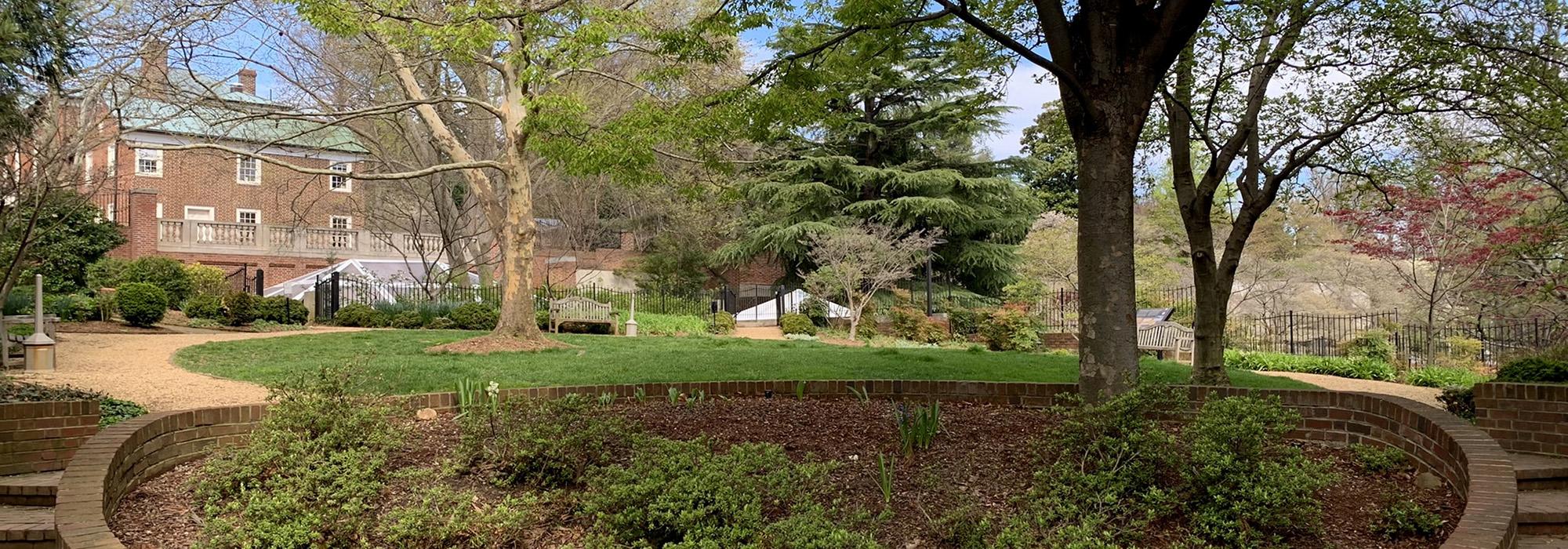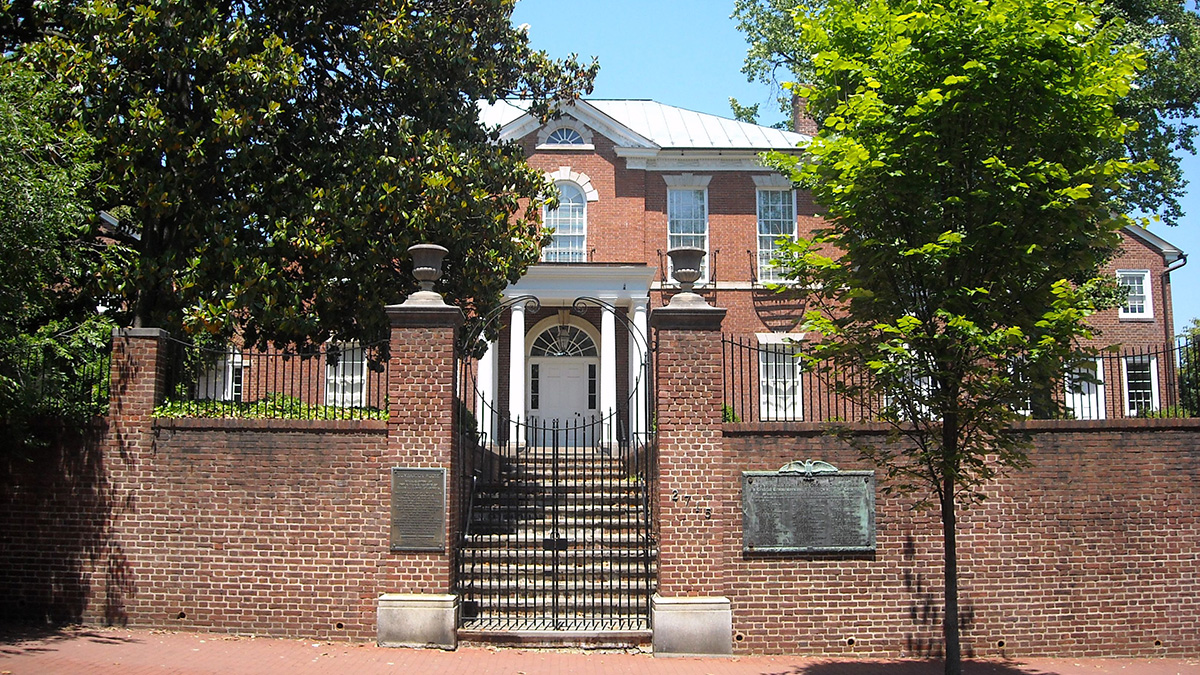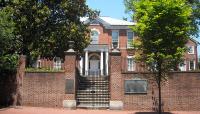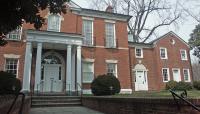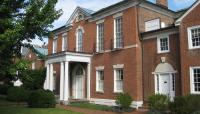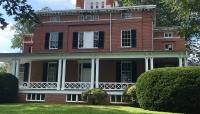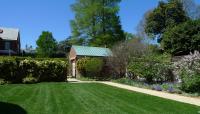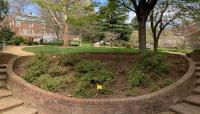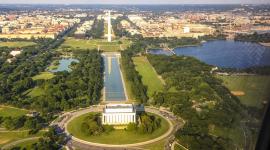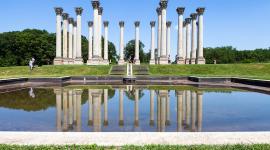Landscape Information
Built in 1799, nine years after Congress established the United States capital along the Potomac River, this two-story Federal style colonial estate and surrounding eight acres in Georgetown was named for the nearby Rock of Dumbarton, so designated by Ninian Beall in 1703 after a geological feature in his native Scotland. The property was first occupied by merchant Samuel Jackson and later became home to a succession of early colonial leaders, including Joseph Nourse, the first Register of the Treasury. Through the nineteenth century, the land was sparsely populated with estate outbuildings and thorny hedges designed to barricade wildlife and livestock. The house was moved 100 feet north of its original location in 1915 to facilitate the construction of a bridge over Rock Creek joining Georgetown and Washington, D.C.
In 1928 the National Society of the Colonial Dames of America (NSCDA) purchased the house and 1.2 surrounding acres, restoring its Federal character with the assistance of architectural historian Fiske Kimball and architect Horace Peaslee. Kimball added garden walls with decorative niches to the north of the house. Dumbarton House opened to visitors in 1932, showcasing a collection of Colonial-era homewares and artifacts. In the 1990s, with help from the Georgetown Garden Club, NSCDA enlisted landscape architect M. Meade Palmer to design a historically sensitive garden on an adjacent lot that had been donated by the Belin family three decades prior. The East Garden features a central circular lawn approached by meandering walking paths and surrounded by magnolias, Japanese snowbells, and dogwoods, along with beds of flowering perennials including daffodils and peonies.
In 2009 NSCDA adopted a landscaping plan to establish further historically appropriate gardens throughout the grounds. Georgetown-based DCA Landscape Architects designed a garden planted with more than 40 species of herbs that would have been used for culinary, medicinal, and economic purposes in the eighteenth and nineteenth centuries, including basil, indigo, and chamomile. Dumbarton House was added to the District of Columbia Inventory of Historic Sites in 1964 and to the National Register of Historic Places in 1991.



